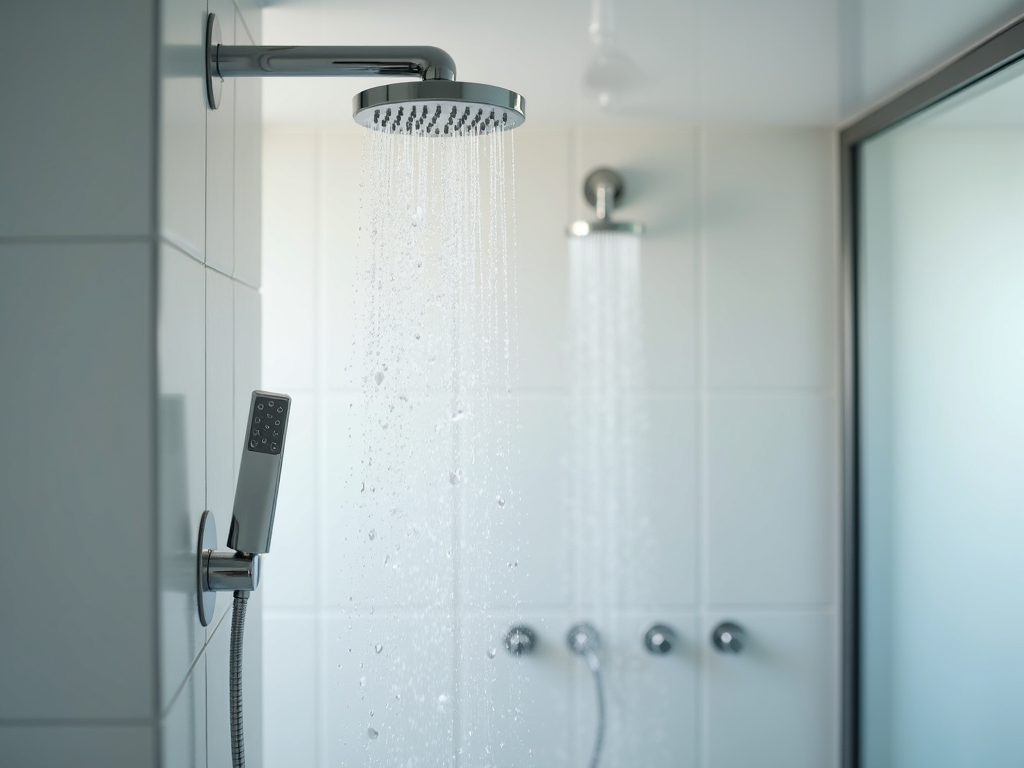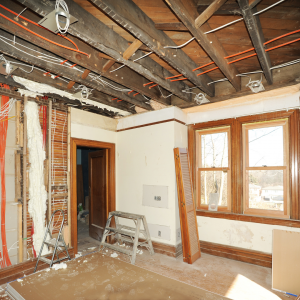The Shock Of A Cold Splash
Stepping into a warm shower feels amazing, especially on chilly mornings. The water runs over skin, all steamy and cozy. But then—out of nowhere—the water turns icy. It’s enough to make anyone jump back and shout. It’s weird how one moment it’s warm, and the next it’s freezing. It seems unfair that a shower can betray someone like that.
The thing is, there’s a reason for it. Hot water doesn’t just magically appear. There’s a whole system working behind the scenes, and sometimes it doesn’t go exactly as planned.
How Hot Water Gets Made
Water doesn’t come out of the ground hot. It starts cold, and something has to heat it. That’s where a hot water system comes in. This system takes cold water, heats it up, and sends it through pipes to the shower, bath, or sink.
Some homes have big tanks that hold water and keep it warm all day. Other places use systems that heat water only when someone turns on the tap. Both types of systems try to keep water at the right temperature so showers stay comfortable.
People in Perth and nearby areas sometimes get help from experts like simply hot water perth when things go wrong. It’s good to know someone can fix problems fast, so no one has to keep dealing with cold showers.
When Everyone Wants Hot Water At Once
Imagine a family getting ready for school or work. Someone’s brushing teeth with warm water. Someone else is washing dishes. Then another person jumps into the shower. The hot water system has to keep up with all those demands.
If too many people use hot water at the same time, the system might run out. In homes with a tank, the tank can only hold a certain amount of heated water. Once that’s gone, only cold water comes through until the system heats up more.
Systems that heat water instantly might struggle too. They can only heat a certain amount of water each minute. When taps and showers run at the same time, the water might not get hot enough. That’s why showers can suddenly turn cold if someone turns on another tap.
The Battle Between Hot And Cold Pipes
Another reason water turns cold is because of how pipes work. Hot water and cold water travel through different pipes in the walls and under the floors. If a toilet flushes, it uses cold water. That lowers the pressure in the cold pipes, which affects how much cold water mixes into the hot water flow.
Hot water systems blend hot and cold water to reach the perfect temperature. But if the pressure changes, the balance can shift. That’s why the shower sometimes gets super hot or freezing cold for a few seconds.
Newer plumbing systems can handle this better. They keep the pressure steady so temperatures stay safe. But in older homes, it’s common for showers to change temperatures when someone flushes a toilet or uses a tap.
Sediment: The Sneaky Shower Villain
Over time, minerals build up inside hot water tanks. These minerals come from the water itself, especially in places with “hard” water. Hard water has extra stuff in it, like calcium and magnesium.
When minerals pile up in the tank, they settle at the bottom. This makes the tank less efficient. It has to work harder to heat water, and it might not heat enough for a full shower. That’s when warm water suddenly fades away and leaves only cold water behind.
Cleaning out the tank helps. Experts can flush the tank and remove the sediment. That keeps the hot water flowing strong and steady.
Broken Parts Cause Cold Surprises
Hot water systems have lots of parts. There are heating elements, thermostats, and pipes that all need to work together. If one part breaks, the system might stop heating water properly.
A broken thermostat might not tell the heater to warm the water. A heating element might stop working and leave the water lukewarm or cold. Sometimes leaks happen in the pipes, making it hard for hot water to reach the shower.
When parts wear out, the only way to fix it is to call someone who knows how hot water systems work. It’s not safe for people without experience to try fixing these systems alone.
Weather Plays A Role Too
Even the weather can change how hot water feels. In winter, the water coming into the house is much colder than it is in summer. The hot water system has to work harder to heat up freezing cold water. Sometimes it can’t keep up as well, and showers might not stay as warm.
On super hot days, the opposite happens. Water coming into the house might already be warmer. That makes it easier for the system to heat water quickly. Showers might even feel hotter than expected without changing the settings.
Small Changes Make A Big Difference
There are ways to help keep showers warm. Taking shorter showers can help save hot water, so there’s more for everyone in the house. Spacing out showers gives the system time to heat more water.
Upgrading to a newer system helps too. Modern systems are better at heating water quickly and handling more than one tap running at once.
Regular maintenance is important. A professional can check for worn parts, leaks, or sediment buildup. That keeps everything running smoothly.
Hot Showers Don’t Have To Be A Mystery
Showers turning cold can be annoying. But there’s always a reason behind it. Hot water systems work hard every day, heating water and sending it through pipes. When too many people use hot water, when parts break, or when weather gets cold, the system might struggle to keep up.
Understanding how hot water works makes it less scary when the water suddenly turns chilly. It’s good to remember that help is out there, so cold showers don’t have to become a daily problem.
Keeping an eye on the system, giving it regular care, and calling experts when needed can help showers stay warm and cozy. Because nobody deserves to start the day with an icy blast instead of a steamy shower.




